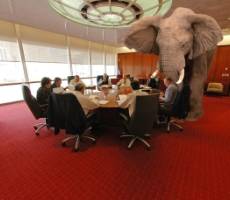May 19, 2013
Artists sing about office furniture. Part 1 – Harry Nilsson
[embedplusvideo height=”230″ width=”200″ standard=”https://www.youtube.com/v/yOmZeXIVqTk?fs=1″ vars=”ytid=yOmZeXIVqTk&width=200&height=230&start=&stop=&rs=w&hd=0&autoplay=0&react=1&chapters=¬es=” id=”ep1699″ /]
Given the complete and utter failure of the world’s artists to draw inspiration from office furniture, this is likely to be the shortest series we’ve ever run. It will start and end here. I’d love to be proved wrong but there cannot be many artists prepared to use something as mundane as a desk to express their feelings about the lack of solidity in their lives. In this case the desk can be interpreted as God or – well – a desk. Nilsson was no sap of course. He was one of the most commercially successful artists of his era without extensive touring and counted amongst his drinking buddies both John Lennon and Keith Moon.
























May 30, 2013
UK public sector leading the way in procurement and sustainable building
by Paul Statham • Comment, Facilities management, Public Sector, Technology
Nottingham City Council’s Loxley Building
Over the last few years, the UK Government has grown increasingly interested in finding ways of making its £30 billion property portfolio more efficient. Both the last Labour government and the current Coalition administration have been driven by the opportunities offered them with the advent of new technology, new ways of working and new procurement models. They’ve pursued these issues to cut costs by reducing and changing the way property is designed and managed but have also found how that can also help to establish best practice in sustainable building. What is increasingly apparent, especially given recent news from the Major Projects Authority about cost savings in procurement is that the public sector is now leading the way as models of good practice.
(more…)